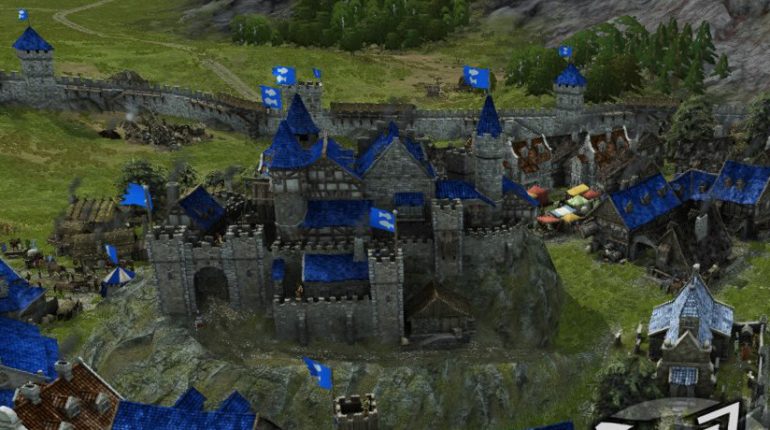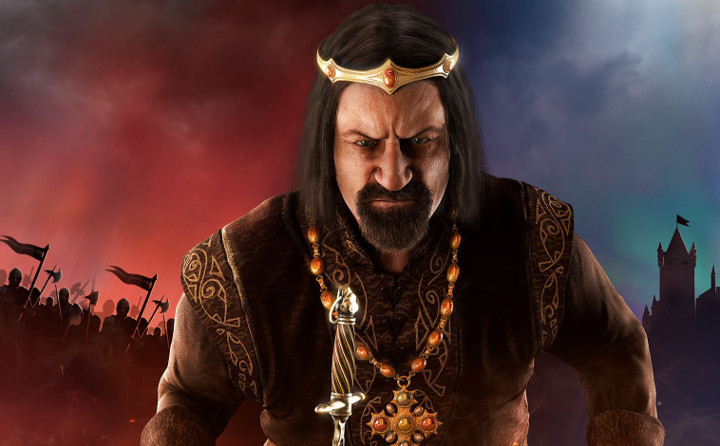
My first introduction to Grand Ages: Medieval was a medieval king’s disapproving scowl. It’s immediately off-putting, and I can’t blame you for passing this over as some half-baked attempt at appeasing the Renaissance Fair-going demographic. But passing this over is a huge mistake.
Grand Ages: Medieval is an incredibly smooth attempt at bringing Civilization-style kingdom-management gameplay to a video game console.
The Civ series and its ilk have long been tethered to the PC gaming world because the mouse-and-keyboard control layout is essential when you’re keeping track of an ever-expanding landscape and micromanaging its components mostly through menus and hotkeys. At least, that’s what we’d always been told. I know what I’m about to say is nothing short of blasphemy for the PC crowd, but after playing Grand Ages: Medieval on PS4, I would actually rather play it with a DualShock controller.
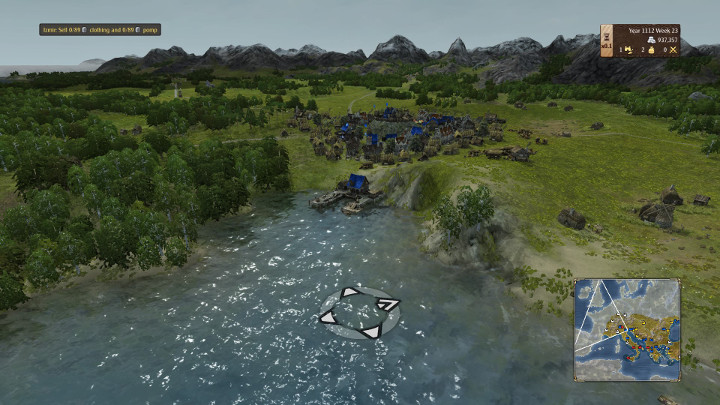
That’s a bold statement, but GAM‘s gameplay feels surprisingly smooth and intuitive — in fact, you might even say impossibly so. I don’t know what kind of Medieval magic the folks at Gaming Minds Studios and Kalypso Media had to summon to make this happen, but they did it.
There’s also a PC version, of course, but I was incredibly surprised at how well this made the transition to consoles.
Now, I should point out here that this isn’t exactly like a Civ game — the main difference is that it operates in real time rather than on a turn-based system. There are no hexagon grids either, and you won’t be leaving the medieval era behind in exchange for a cold war or horde of nukes. But GAM does capture many of Civ‘s other elements, such as scouting through the fog of war, kingdom expansion, village settlement, diplomacy, trade negotiations, and a de-emphasis on warfare though warfare is still present.
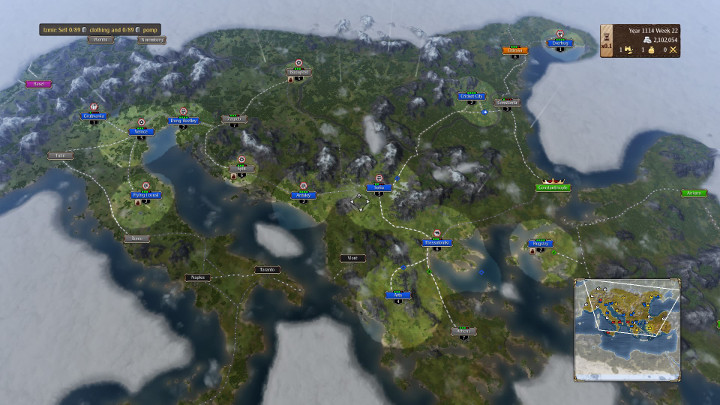
The game looks fantastic. You’ll spend most of your time hovering over Medieval Europe (and surrounding regions) in a birds-eye view, but you can zoom in until you can see your tiny peasants going about your business.
Lesser games tend to fail at this level, merely offering a representative version of your world — a mine pick icon, for example, might connote a coal mine. But GAM actually shows you the mine — cavernous openings in the side of a mountain, intricate wooden scaffolding, workers slinging picks and shovels, mine carts entering and exiting with loads of coal. The game world offers excruciating amounts detail, even though you’ll rarely ever need to zoom in that closely for anything other than a good bit of fun.
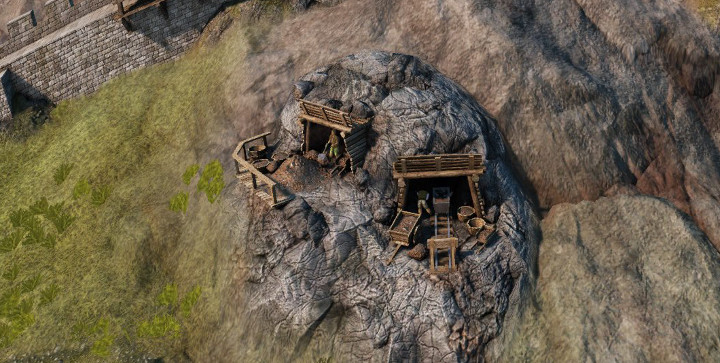
It sounds great as well. It has this incredible score that feels a bit like Final Fantasy VII and the Lord of the Rings movies had a very impressive baby together.
The game did launch to mixed reviews, however, and some of the complaints I’ve read are valid. It’s certainly not as deep as some of the other games its trying to compete with, though this is a double-edged sword. Some people like having near-infinite levels of control over even the most irrelevant minutia. I personally like a good balance, and while GAM lacks a few of the things I would have liked to fiddle around with (more building types and some impactful play between religion and government would have both been nice here), I found it genuinely satisfying and deeply addictive.
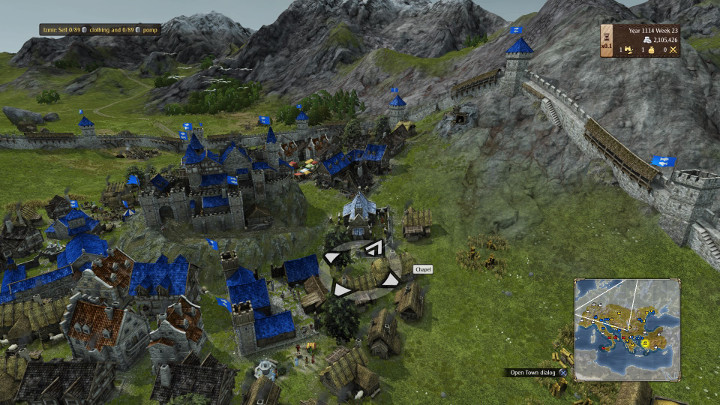
Honestly, I expected something quite a bit more generic and perplexing when I first looked at that medieval king’s grumpy face. While he scowls at me still, I no longer scowl back. Grand Ages: Medieval has completely won me over.
